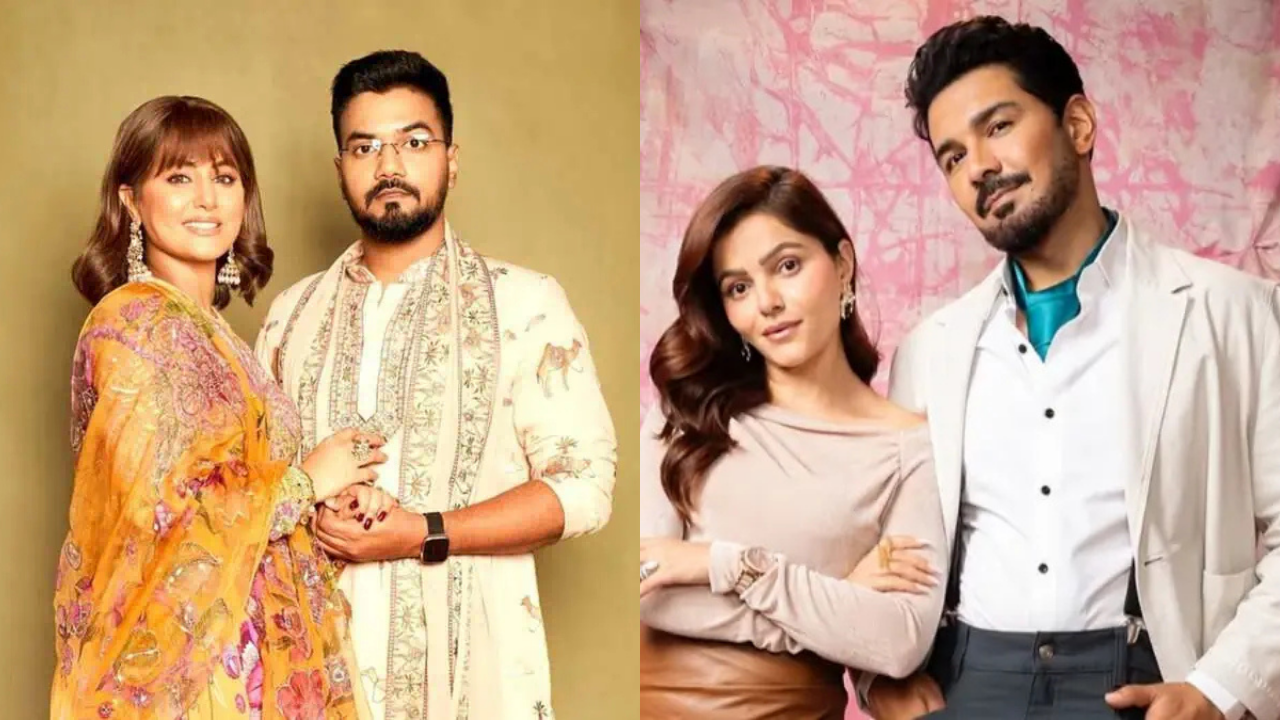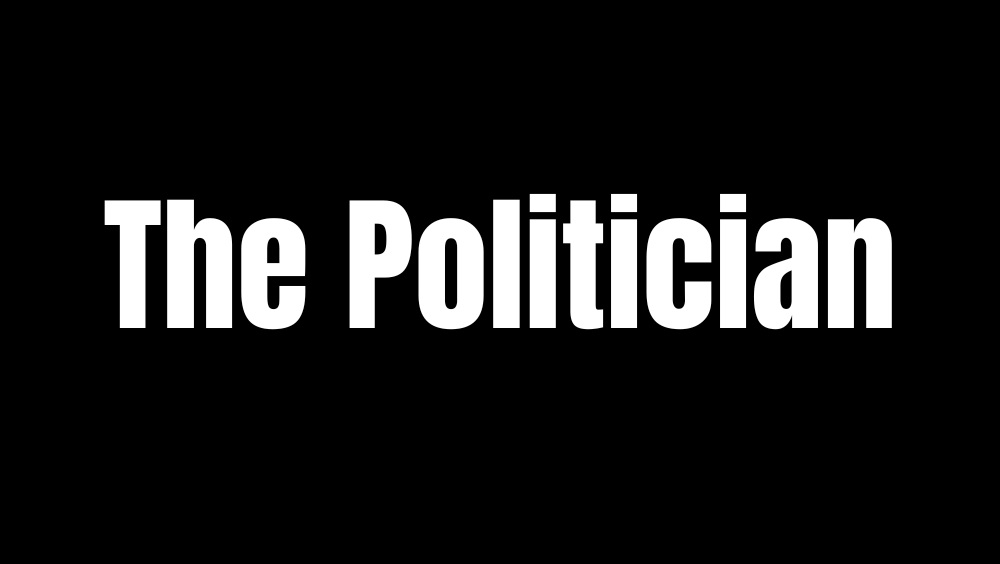After exposing Kapil Sibal and the propaganda around Umar Khalid’s bail, former CJI Chandrachud talks about the insidious lies around Judge Loya’s death
Former Chief Justice of India D.Y. Chandrachud finally gave answers to the long-running questions about the death of Judge B.H. Loya. In an interview with Lallantop on Saturday (20th September), Chandrachud said, “People can disagree with a judgment. That’s part of democracy,” he said, but it is wrong to attack the intentions of judges.” According to him, it’s not just unfair but dangerous when debates move away from evidence and turn into attacks on the judiciary itself. Recalling the night of Judge Loya’s death Chandrachud walked through the sequence of events and said, Judge Loya, who was in Nagpur in November 2014 to attend a colleague’s wedding, was staying at a government guest house called Ravi Bhavan along with other judges. The question arose as to how three judges can live in the same room. In response, Justice DY Chandrachud said, “During the hearing, we had told the court that you (the counsellor) do not know about the judiciary, the country and the society. When we have gone to a wedding, many judges live together. Many times, 20-25 or 10-15 judges live together.” On the same night, Justice Loya woke two colleagues early in the morning around at 4 am, saying he wasn’t feeling well. Then, the two judges helped him and took him to the hospital in the auto. The question was, why didn’t they take the car. In response, Justice DY Chandrachud said, “Maybe they didn’t know, it was a normal thing. Not every judge has his own driver, his own car. When I was also a Supreme Court judge, my driver did not live in my house. Their house is different. Not at all in the district judiciary…” Justice DY Chandrachud further said that both the judges made Justice Loya sit in the auto. He then told the driver to take him to a nearby hospital. He was undergoing treatment at a nearby hospital. Then the doctors said that the issue of cardiac is, you will have to be taken to the cardiac hospital. The judges asked where the nearest cardiac hospital was. He then took Justice Loya to the Cardiac Hospital. By that time, he suffered a massive heart attack and died. The question arose as to why the attitude of the two judges accompanying Justice Loya was not ordinary; why did they take them to the hospital in an auto? In response, DY Chandrachud says, “Unlike high-earning lawyers, I do not travel with drivers or private cars. Even when I was the CJI, my driver was not living with us. He even cited another recent instance where a judge in transit had a heart attack and died despite prompt attention, to show that sudden medical crises can happen despite best efforts.” The third argument was that when Justice Loya was suffering, why did he not take him directly to the cardiac hospital? Why was he taken to Orthopaedic Hospital? In response, Justice DY Chandrachud said, “In our homes, if parents have a problem, then we think about how to solve it immediately. The judges did the same. Can we say that the two judges, with Justice Loya, wanted to kill him in the meantime?” You can criticise a judgment, but don’t question judges’ intentions: Ex-CJI At last, Chandrachud underlined a simple point: judges’ decisions can be debated, but accusing judges of bad faith is a different and dangerous thing. He said the Supreme Court examined the Loya case on its merits and answered every question placed before it. People are free to disagree with the decision; they are not free, he said, to impugn the personal motives of the judges who heard the matter. The former CJI also warned that even if a fresh inquiry were ordered, it would not end the controversy. Chandrachud argued that a fresh investigation would be seized upon by critics as proof of a cover-up if it found nothing, or as proof of conspiracy if it found anything at all. He said this pattern, repeatedly demanding probes to keep a political narrative alive, is what ultimately damages public faith in institutions. He described attempts to drag the judiciary into political battles as a worrying trend. While legal rulings are open to criticism and debate, turning that debate into campaigns that cast doubt on the personal integrity of judges was unacceptable, he said. That, he added, harms the very confidence society needs to have in the justice system. The Supreme Court judgement in 2018 On 19th April 2018, A Bench of then Chief Justice of India (CJI) Dipak Misra and Justices A.M. Khanwilkar and D.Y. Chandrachud based its conclusion on three aspects: One, the “indisputable” written statements given by the four judges and colleagues of Judge Loya to the Maharashtra police; two, there is nothing wrong when friends and colleagues share the same room at the guest house, Ravi Bhawan; and three, Judge Loya had called his wife on 30th November, 2014, telling her he was staying at Ravi Bhawan. The statements by the judges were made to the police, which launched a “discreet enquiry” in 2017 after articles appeared in a magazine raising suspici



Former Chief Justice of India D.Y. Chandrachud finally gave answers to the long-running questions about the death of Judge B.H. Loya. In an interview with Lallantop on Saturday (20th September), Chandrachud said, “People can disagree with a judgment. That’s part of democracy,” he said, but it is wrong to attack the intentions of judges.”
According to him, it’s not just unfair but dangerous when debates move away from evidence and turn into attacks on the judiciary itself.
Recalling the night of Judge Loya’s death
Chandrachud walked through the sequence of events and said, Judge Loya, who was in Nagpur in November 2014 to attend a colleague’s wedding, was staying at a government guest house called Ravi Bhavan along with other judges. The question arose as to how three judges can live in the same room.
In response, Justice DY Chandrachud said, “During the hearing, we had told the court that you (the counsellor) do not know about the judiciary, the country and the society. When we have gone to a wedding, many judges live together. Many times, 20-25 or 10-15 judges live together.”
On the same night, Justice Loya woke two colleagues early in the morning around at 4 am, saying he wasn’t feeling well. Then, the two judges helped him and took him to the hospital in the auto. The question was, why didn’t they take the car.
In response, Justice DY Chandrachud said, “Maybe they didn’t know, it was a normal thing. Not every judge has his own driver, his own car. When I was also a Supreme Court judge, my driver did not live in my house. Their house is different. Not at all in the district judiciary…”
Justice DY Chandrachud further said that both the judges made Justice Loya sit in the auto. He then told the driver to take him to a nearby hospital. He was undergoing treatment at a nearby hospital. Then the doctors said that the issue of cardiac is, you will have to be taken to the cardiac hospital. The judges asked where the nearest cardiac hospital was.
He then took Justice Loya to the Cardiac Hospital. By that time, he suffered a massive heart attack and died. The question arose as to why the attitude of the two judges accompanying Justice Loya was not ordinary; why did they take them to the hospital in an auto?
In response, DY Chandrachud says, “Unlike high-earning lawyers, I do not travel with drivers or private cars. Even when I was the CJI, my driver was not living with us. He even cited another recent instance where a judge in transit had a heart attack and died despite prompt attention, to show that sudden medical crises can happen despite best efforts.”
The third argument was that when Justice Loya was suffering, why did he not take him directly to the cardiac hospital? Why was he taken to Orthopaedic Hospital? In response, Justice DY Chandrachud said, “In our homes, if parents have a problem, then we think about how to solve it immediately. The judges did the same. Can we say that the two judges, with Justice Loya, wanted to kill him in the meantime?”
You can criticise a judgment, but don’t question judges’ intentions: Ex-CJI
At last, Chandrachud underlined a simple point: judges’ decisions can be debated, but accusing judges of bad faith is a different and dangerous thing. He said the Supreme Court examined the Loya case on its merits and answered every question placed before it. People are free to disagree with the decision; they are not free, he said, to impugn the personal motives of the judges who heard the matter.
The former CJI also warned that even if a fresh inquiry were ordered, it would not end the controversy. Chandrachud argued that a fresh investigation would be seized upon by critics as proof of a cover-up if it found nothing, or as proof of conspiracy if it found anything at all. He said this pattern, repeatedly demanding probes to keep a political narrative alive, is what ultimately damages public faith in institutions.
He described attempts to drag the judiciary into political battles as a worrying trend. While legal rulings are open to criticism and debate, turning that debate into campaigns that cast doubt on the personal integrity of judges was unacceptable, he said. That, he added, harms the very confidence society needs to have in the justice system.
The Supreme Court judgement in 2018
On 19th April 2018, A Bench of then Chief Justice of India (CJI) Dipak Misra and Justices A.M. Khanwilkar and D.Y. Chandrachud based its conclusion on three aspects: One, the “indisputable” written statements given by the four judges and colleagues of Judge Loya to the Maharashtra police; two, there is nothing wrong when friends and colleagues share the same room at the guest house, Ravi Bhawan; and three, Judge Loya had called his wife on 30th November, 2014, telling her he was staying at Ravi Bhawan.
The statements by the judges were made to the police, which launched a “discreet enquiry” in 2017 after articles appeared in a magazine raising suspicions about Judge Loya’s death in Nagpur in November 2014.
The verdict traces the journey of Judge Loya and his fellow judges to Nagpur to attend a wedding, their itinerary there and how they stayed in one room in Ravi Bhawan. Judge Loya, at the time of his death, was the CBI Special Judge hearing the 2005 Sohrabuddin Sheikh encounter case in which BJP president Amit Shah was an accused. Amit Shah was discharged from the case by Judge Loya’s successor in office.
In the written judgment by Chandrachud, the court described the PILs as a “vituperative assault on the judiciary,” a misuse of public interest litigation that aimed more at sensationalising a death than at discovering the truth. The judges warned that such petitions could be driven by political motives and might unfairly scandalise judicial officers.
Chandrachud closed his interview with a direct appeal: people can and must hold courts to account, but they must not reduce judicial processes to political score-settling. Criticism is part of democratic life; vilifying judges personally is not. He urged citizens and lawyers alike to protect the credibility of the judiciary, because once public trust erodes, the whole rule-of-law framework suffers.




























































































































